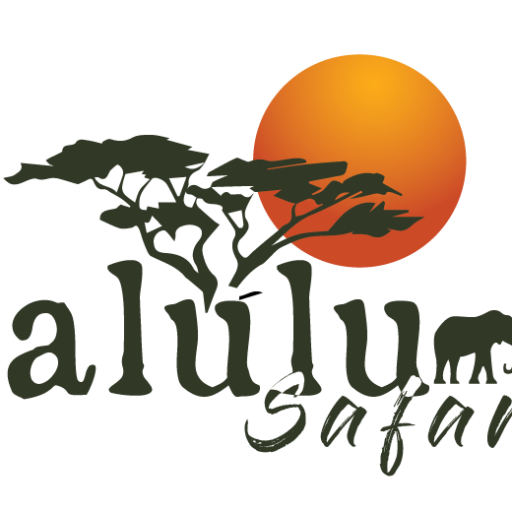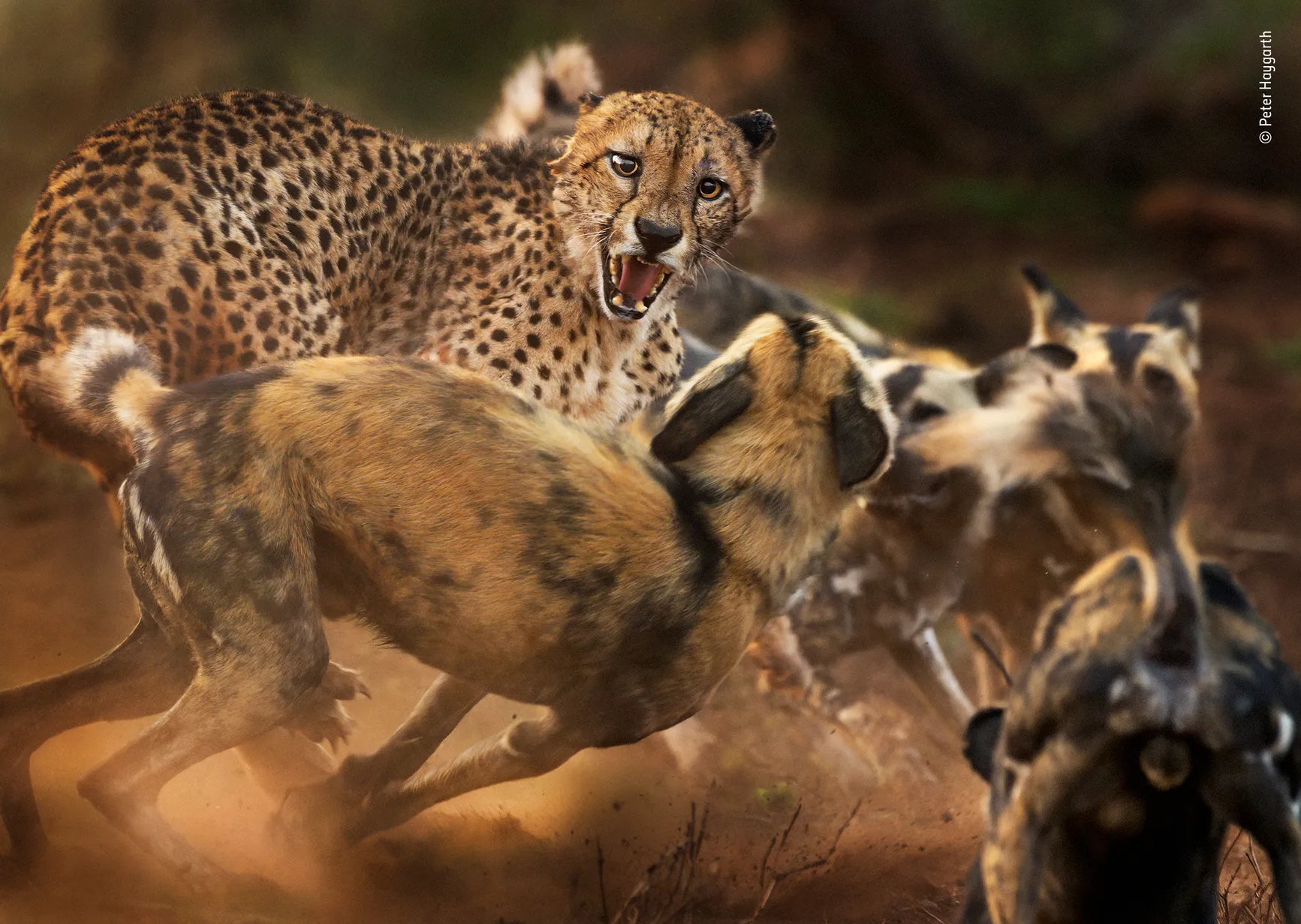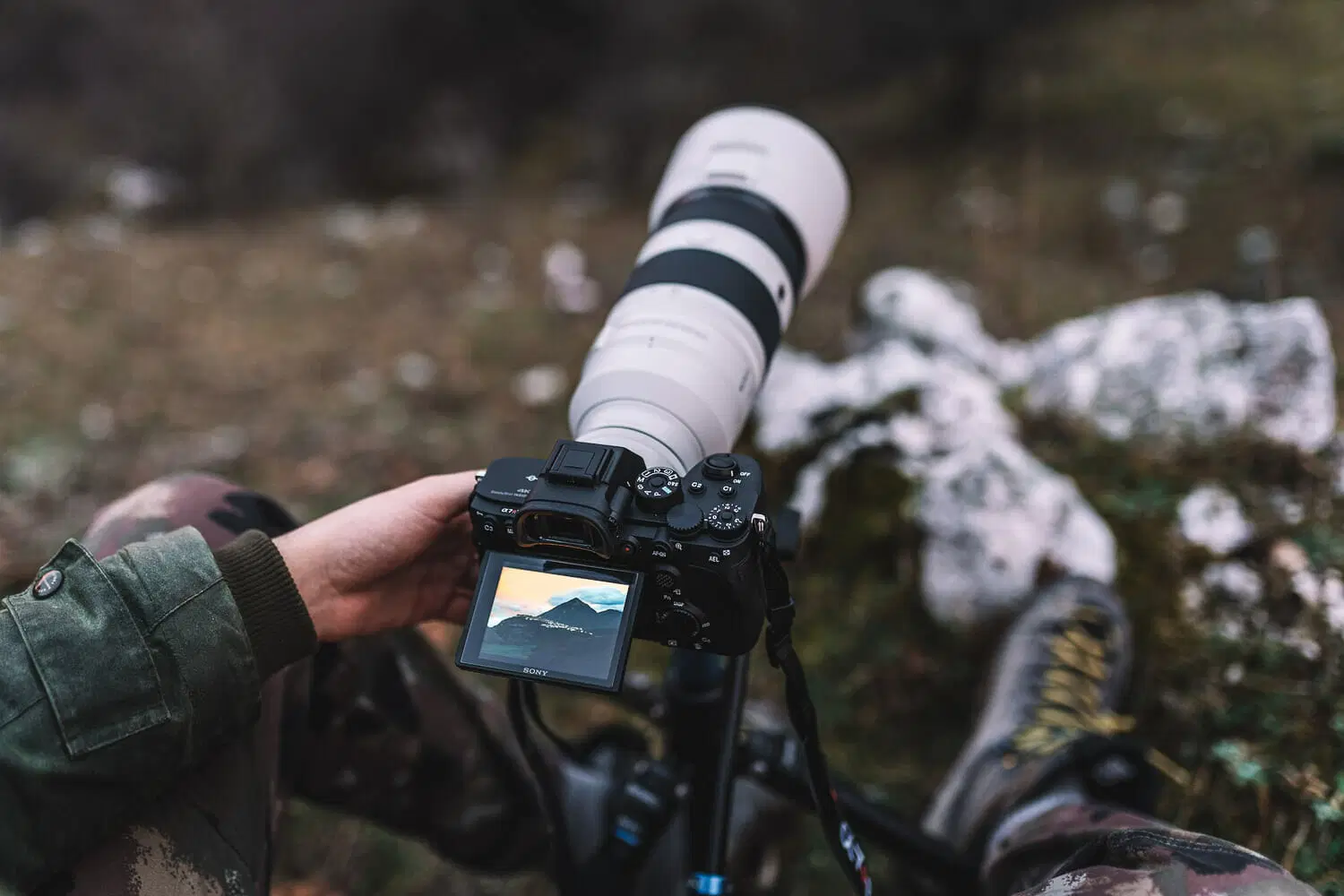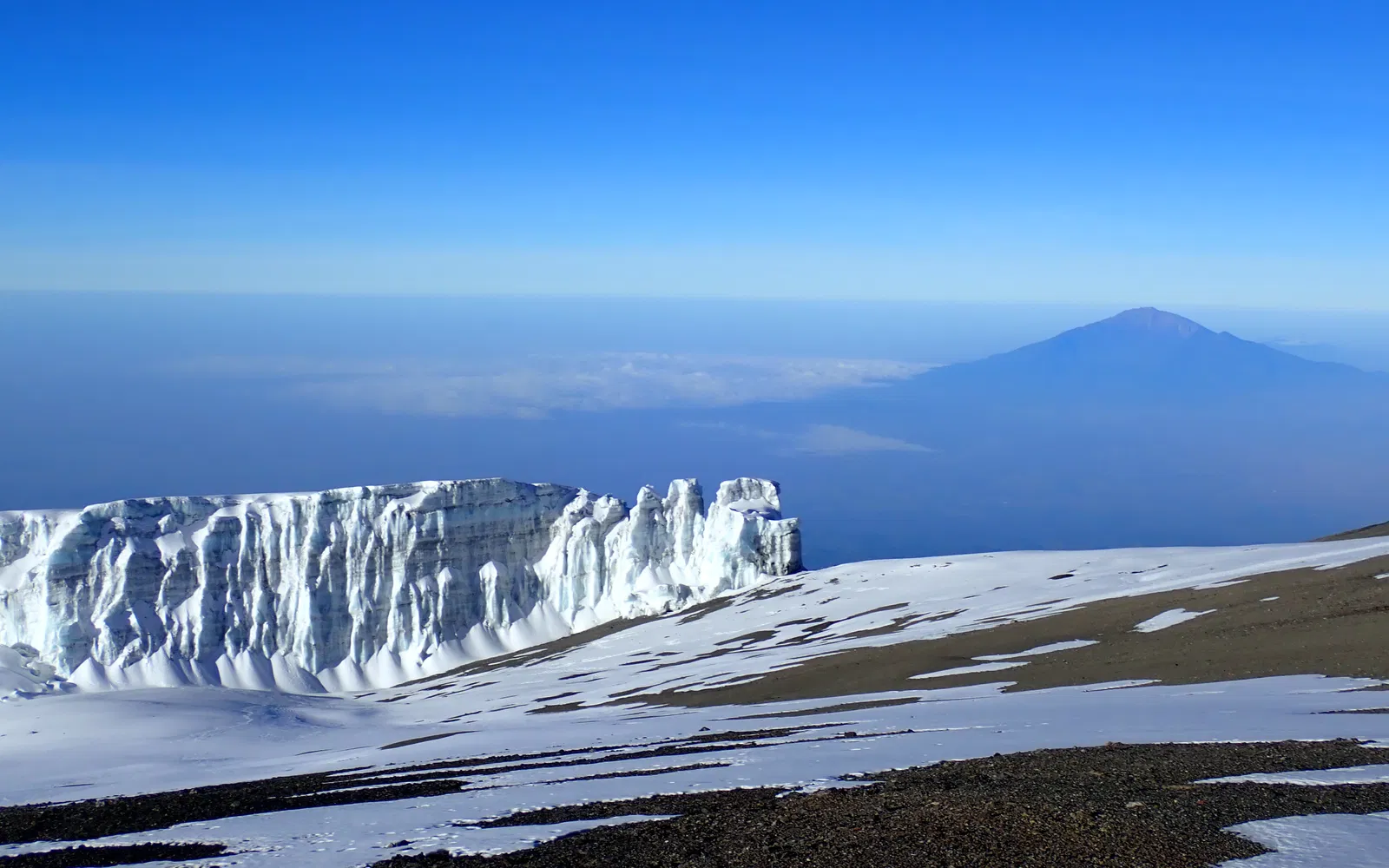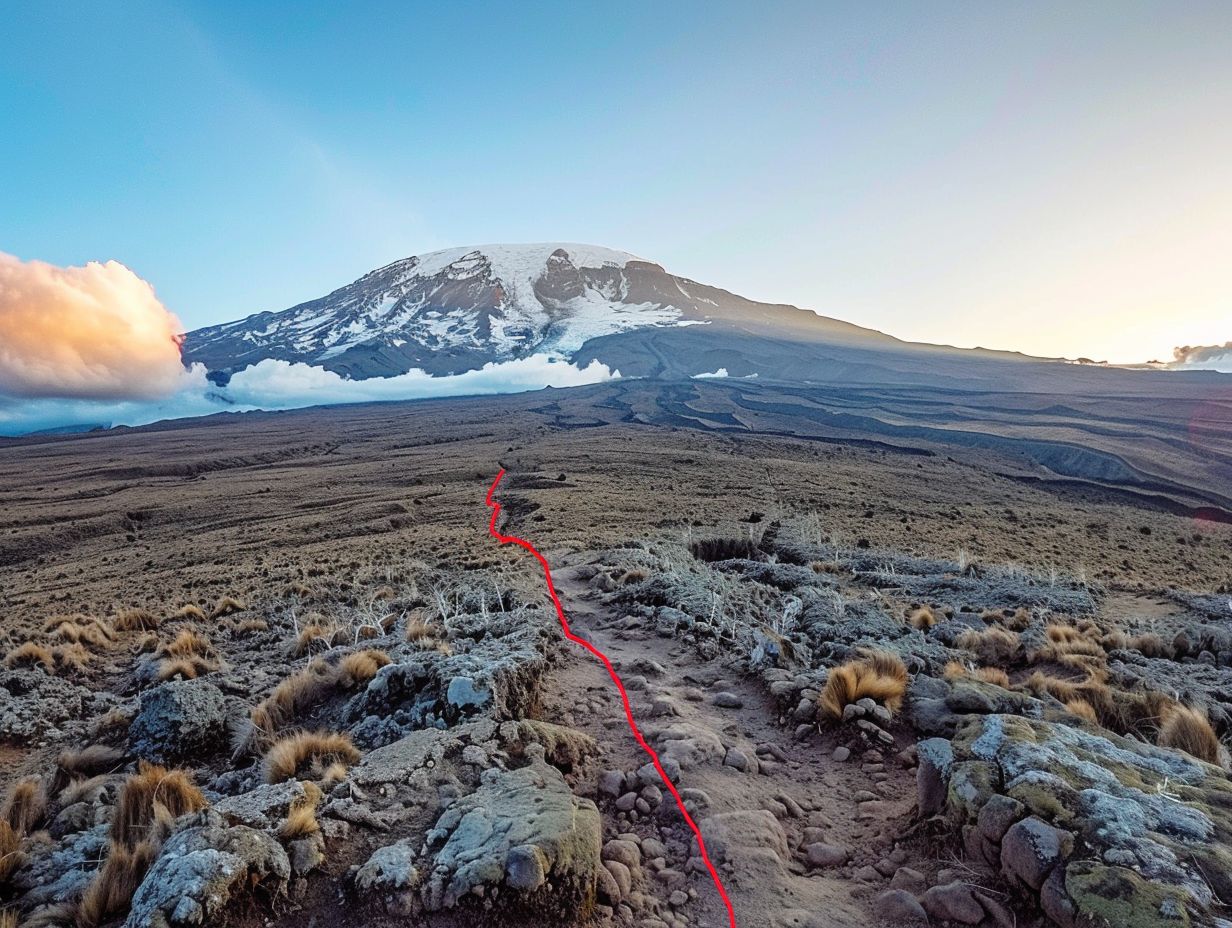Wildlife Photography Tips: Capture Stunning Shots with Kalulu Tanzania Safaris
Tanzania is a photographer’s paradise, offering endless opportunities to capture breathtaking images of Africa’s iconic wildlife against dramatic backdrops. Whether you’re an amateur enthusiast or a seasoned professional, mastering the art of wildlife photography tips requires more than just a good camera—it demands knowledge, patience, and technique. At Kalulu Tanzania Safaris, we understand the thrill of capturing unforgettable moments in nature, which is why we’ve compiled this guide filled with wildlife photography tips to help you make the most of your safari experience.
In this article, we’ll explore essential advice on recommended equipment, optimal times for photography, and specialized techniques for photographing specific animals. Let’s dive into the world of wildlife photography tips!
Recommended Equipment for Wildlife Photography
Having the right gear can significantly enhance your wildlife photography tips experience. Here’s what you’ll need:
1. Camera Body
A DSLR or mirrorless camera with fast autofocus and burst mode capabilities is ideal for capturing quick movements. Models like the Canon EOS R5 or Sony Alpha A7R IV are popular choices among photographers.
2. Lenses
Long telephoto lenses (300mm–600mm) allow you to get up close and personal with distant subjects without disturbing them. For versatility, consider bringing a zoom lens such as the Canon EF 100-400mm f/4.5-5.6L IS II USM or the Nikon AF-S NIKKOR 200-500mm f/5.6E ED VR.
3. Tripod or Monopod
Stabilization tools like tripods or monopods help reduce camera shake, especially when shooting at slower shutter speeds or during early morning/evening light conditions.
4. Accessories
Don’t forget essentials like extra batteries, memory cards, cleaning kits, and protective filters for your lenses. A polarizing filter can also enhance colors and reduce reflections in certain scenarios.
For detailed recommendations on gear, check out this comprehensive guide .
Optimal Times for Wildlife Photography
Timing plays a crucial role in achieving stunning results in wildlife photography tips . The golden hours—shortly after sunrise and before sunset—offer soft, warm lighting that brings out the natural beauty of animals and landscapes.
Morning Sessions:
- Animals are most active during cooler parts of the day.
- Early morning mist and dew add an ethereal quality to photos.
Evening Sessions:
- Low-angle sunlight creates dramatic shadows and highlights.
- Many predators hunt during dusk, providing exciting action shots.
Avoid midday photography whenever possible, as harsh overhead light can lead to overexposed highlights and deep shadows.
Techniques for Photographing Specific Animals
Each species presents unique challenges and opportunities for wildlife photography tips . Below are some tips tailored to common Tanzanian wildlife:
Lions:
- Patience is key—wait for lions to stretch, yawn, or interact with their pride.
- Use a wide aperture (e.g., f/2.8–f/5.6) to blur the background and emphasize the subject.
Elephants:
- Capture their majestic size by positioning yourself low to the ground.
- Experiment with black-and-white settings to highlight textures and emotions.
Birds:
- Set your camera to continuous autofocus to track flying birds.
- Visit wetlands or waterholes where bird activity is concentrated.
Cheetahs:
- Anticipate movement—cheetahs often stalk prey before launching into high-speed chases.
- Switch to burst mode to freeze rapid motion sequences.
Wildebeests and Zebras:
- During the Great Migration, focus on mass herds for sweeping panoramic shots.
- Look for interesting compositions involving dust clouds or river crossings.
By tailoring your approach to each animal, you can elevate your wildlife photography tips skills and produce captivating images.
Advanced Techniques for Stunning Results
Once you’ve mastered the basics, try incorporating these advanced techniques into your wildlife photography tips repertoire:
1. Rule of Thirds
Compose your shots using the rule of thirds grid to create balanced and visually appealing images. Place your subject off-center to draw attention naturally.
2. Shallow Depth of Field
Use a shallow depth of field to isolate your subject from distracting backgrounds, creating a professional look.
3. Slow Shutter Speeds
Experiment with slow shutter speeds to convey motion, such as panning with a moving animal to blur the background while keeping the subject sharp.
4. Black-and-White Conversion
Convert color photos to black-and-white for dramatic effect, emphasizing contrast and emotion in your work.
For inspiration and tutorials on advanced techniques, visit Digital Photography School .
Health Precautions for Photographers
While focusing on wildlife photography tips , don’t forget to prioritize your well-being. Follow these health precautions to stay safe and comfortable:
- Stay Hydrated : Bring plenty of water and sip regularly, even if you’re not thirsty.
- Protect Your Skin : Wear sunscreen, hats, and long sleeves to shield against UV rays.
- Prevent Insect Bites : Apply insect repellent containing DEET and tuck pants into socks to avoid bites.
- Carry Snacks : Keep energy-rich snacks handy for long game drives.
Kalulu Tanzania Safaris ensures all our vehicles are equipped with first aid kits and emergency supplies for added peace of mind.
Common Mistakes to Avoid in Wildlife Photography
Even experienced photographers encounter pitfalls. Here are a few to watch out for:
- Not Checking Settings Regularly : Light conditions change rapidly; adjust ISO, aperture, and shutter speed accordingly.
- Ignoring Backgrounds : Cluttered or distracting elements behind your subject can ruin otherwise great shots.
- Overusing Flash : Most parks prohibit flash photography due to its impact on wildlife behavior.
- Rushing Shots : Take your time to compose carefully rather than snapping hastily.
Why Choose Kalulu Tanzania Safaris for Your Wildlife Photography Adventure?
At Kalulu Tanzania Safaris, we cater specifically to photographers seeking extraordinary experiences. Our open-sided 4×4 vehicles provide unobstructed access to wildlife, while knowledgeable guides assist in locating prime photo opportunities. Additionally, our itineraries include stops at strategic viewpoints and timing aligned with peak animal activity.
Key reasons to choose Kalulu Tanzania Safaris:
- Expert guides familiar with animal behaviors and habitats.
- Flexible schedules to accommodate dawn and dusk shoots.
- Access to exclusive locations away from crowded tourist routes.
Additional Resources for Aspiring Wildlife Photographers
To further hone your craft, explore these external resources:
These platforms offer valuable insights and inspiration for improving your wildlife photography tips skills.
Conclusion
Capturing stunning wildlife photographs requires a combination of technical know-how, creativity, and respect for nature. With Kalulu Tanzania Safaris’ wildlife photography tips , you’ll be well-prepared to document the wonders of Tanzania’s wilderness. From selecting the right equipment to understanding animal behavior, every detail counts toward producing remarkable images.
Start planning your dream safari today and let us guide you through Africa’s most breathtaking landscapes. Embark on the adventure of a lifetime and bring home memories preserved in stunning photographs. Contact Kalulu Tanzania Safaris now to begin your journey!

